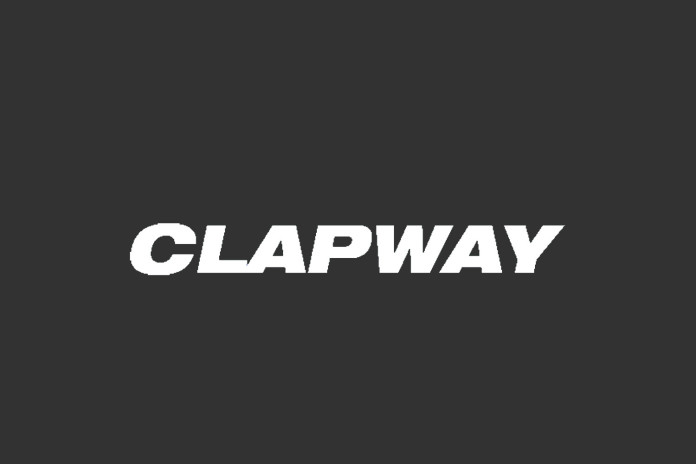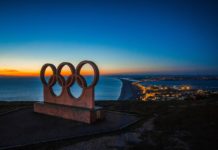
When people ask me where I’m from, I generally tend to give the most vague answer possible. “China” is my most used response; “America” is a close second. For years, this is how I identified myself.
Then, in the spring of my senior year in college, I took an Anthropology course, which allowed me to genetically map my ancestral lineage. After retrieving my DNA results from a lab, I can now accurately state that I am exactly 67% Northeast Asian and 32% Southeast Asian. My genetic makeup is also apparently closest to that of a Japanese person – a discovery that has left me with both a clearer understanding of who I am and a major identity crisis disorder.
How was I able to uncover all this information?
Dr. Spencer Wells is a National Geographic Explorer-in-Residence and also the leader of The Genographic Project – a multiyear research initiative that launched in 2005. The project uses cutting edge genetic technology to analyze the historical DNA of people from around the world and attempts to figure out exactly where we came from. By purchasing the Genographic Project Participation and DNA Ancestry Kit, you can also send your DNA to a lab and join the more than half a million people who have already taken part in the project.
The kit includes everything you need to discover your ancestry, including a set of painless cheek swabs (to collect DNA samples) and instructions on how to send your samples to the lab. Your ancestry is pieced together by examining a collection of nearly 150,000 DNA identifiers found in your samples, called “markers”, that have been specifically chosen to provide ancestry-relevant information. Individuals with a common ancestry, for example, will most likely share a similar combination of markers. By participating, you will discover the migratory paths of your ancient ancestors, learn how much of your DNA is affiliated with specific regions of the world, and have the opportunity to participate in “the greatest history book ever written”.
Who knows? You may even find your long lost cousin.
For more information on the project, check out this link.

















